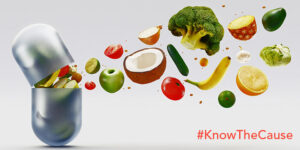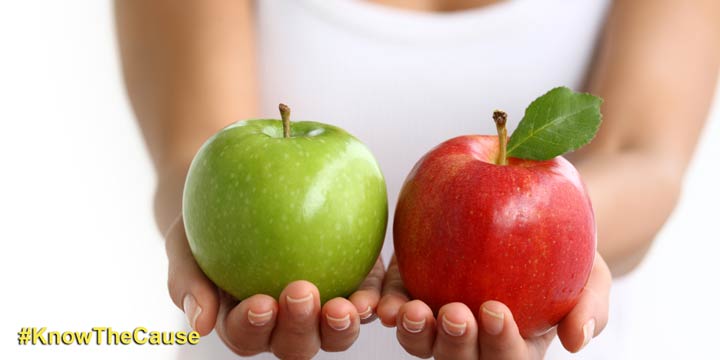

Fruits are generally considered healthy, but when you are on the Kaufmann Kaufmann 1 Diet, your fruit selections are relatively slim.
It is true that many kinds of fruits contain important, disease-fighting and health-promoting nutrients, but inherent in many types of fruit is a high level of fructose, which is a kind of sugar.
The goal of the Kaufmann Kaufmann 1 Diet is to eliminate as much sugar as possible from the diet with the aim of eliminating pathogenic yeasts inside the body, or preventing them from flourishing there, to begin with. The diet is a part of a lifestyle designed to avoid mold toxins and mitigate the effects that pathogenic yeasts and fungi can have on the body.
Below are some fruits you should avoid on the Kaufmann Kaufmann 1 Diet.
This includes virtually any variety of sweet apples. While red apples contain healthy compounds like pectin and fiber, their high sugar content is what keeps them from being allowed on the Kaufmann Diet.
Opt for green apples instead; they are lower in sugar but remain rich in nutrients.
Melons include watermelon, honeydew or cantaloups. These fruits contain high levels of fructose and should be avoided on all Phases of the Kaufmann Diet.
Instead, opt for grapefruit. Grapefruit is rich in a variety of nutrients, like vitamin C and antioxidants but remains low in sugar.
Oranges are high in vitamin C, but whether eaten in slices or drank in juice, fructose-rich oranges should be avoided on the Kaufmann Diet.
Substitute oranges for lemons or limes while on the Kaufmann Kaufmann 1 Diet. You will get all the benefits of orange, like the rich vitamin C content, but virtually none of the sugar.
Bananas are a mainstay of health-types, and while they are rich in potassium, they are also starchy fruits that should be avoided, particularly on Kaufmann 1 of the Kaufmann Diet.
If you are used to eating bananas in smoothies, substitute them with avocados. Avocados are rich in healthy fats and the delicious, creamy texture gives a milkshake-like quality to smoothies.
Despite containing inflammation-fighting bromelain and other nutrients, pineapple is better left relegated to moderate consumption on The Kaufmann Kaufmann 2 Diet.
Opt instead for berries, such as blueberries, raspberries, blackberries and cranberries. Berries are unilaterally considered a superfood and contain inflammation-fighting antioxidants, but are generally lower in sugar.
Doug Kaufmann has written many books that cover a full range or health issues. Find out which of his books best suits you by clicking the button below.
Doug Kaufmann developed his diet after years studying the clinical effects of pathogenic fungi on the body. Fungi and yeasts can become parasitic organisms on and inside our body, causing health problems that can be difficult to diagnose. Learn more about the Kaufmann Diet, change your life and know the cause.
We encourage all visitors to this site to take some time and study these technical articles prior to initiating lifestyle changes, including dietary changes and to do so with their physician’s awareness and approval. The articles posted in this link are scientific and with few exceptions are taken from medical journals familiar to healthcare workers.
Looking for help assembling antifungal Kaufmann Diet approved recipes for breakfast, lunch or dinner? We have several videos, books and recipe write ups here on Know the Cause that will help your health journey. The recipes in this section are so good, you’ll feel like you’re indulging. No sacrifice needed! Enjoy.
© 2024 Mediatriton Inc. All Rights Reserved • Website by Skynet Solutions